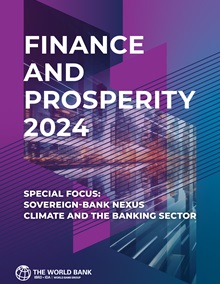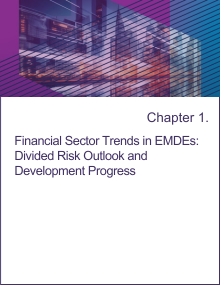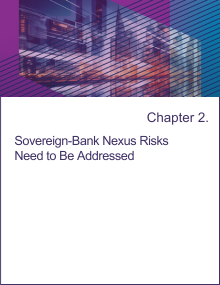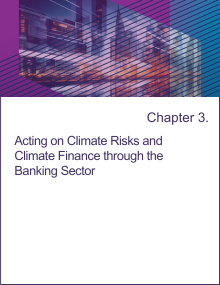About the Finance and Prosperity Report
Finance and Prosperity is an annual World Bank report that examines financial sector developments and vulnerabilities in low- and middle-income countries. These countries have much to gain by strengthening their financial sectors as they strive to support job creation, attract private capital, address climate change, and tackle other development challenges.







